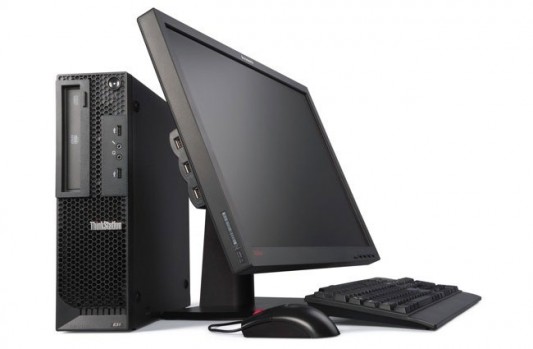Jon Peddie Research says HP seems to be weathering the storm better than most.
By Jon Peddie
The results from the workstation market’s first quarter were disappointing, as it marked the first two consecutive quarters of negative growth since 2008. And if industry observers needed more evidence of the market’s listlessness, they need look no further than the second quarter’s numbers.
Alex Herrera, senior analyst at Jon Peddie Research, reports that around 883,000 workstations shipped worldwide in the quarter, down 3.8% from the quarter prior and 2.6% from Q2’11.

While the quarter proved disappointing, the firm does not detect any systemic weakness unique to the market. Rather, Herrera sees the market buffeted by the same winds that are affecting most other IT segments.
“Like any other, this market will rise and fall with the tempo of the overarching economy,” says Herrera. “With the economy stubborn to shake its lethargy, and with new IT form factors vying for users’ attention, all PC-related industries are having trouble making headway lately. And while we feel more bullish about the prospects of professional-caliber computing compared to most other related markets, the market for workstations certainly isn’t immune to the malaise affecting the broader PC industry.”

Although the short term is uncertain, Herrera points out there are good reasons for long-term optimism. “Workstations will outpace other PC-class devices moving forward,” Herrera says. “This arena is attracting both new suppliers and new consumers. Most notably, more potential buyers—in the form of both lower-budget CAD users and Apple emigrants—should continue to increase the TAM (total available market). Moreover, technology innovation in the industry is moving at a brisk pace, increasing the platform’s ROI proposition and fueling replacement cycles.”
HP doing better than most
With the self-inflicted injury of a year ago behind it (when then-CEO Leo Apotheker put the fate of HP’s entire PC business unit in question), HP has steadied the workstation ship and begun to press on, despite less-than-stellar market conditions. Responsible for 41.3% of units shipped in the fourth quarter, HP holds unquestioned control over the workstation market, clearly separating itself from Dell at 32.5%.
The related market for professional graphics hardware did not fare any better than the market for workstations. All told, vendors Nvidia and AMD shipped 1.1 million units in the second quarter, 6.7% fewer than in Q1 and 12.5% fewer than the previous year. Nvidia continues to hold a dominant market position over its primary rival in this space.

About the JPR Workstation Report
Now in its twelfth year, JPR’s “Workstation Report: Professional Computing Markets and Technologies,” has established itself as the essential reference guide for hardware and software vendors and suppliers serving the workstation and professional graphics markets. Subscribers to the JPR Workstation Report receive two in-depth reports per year, providing a comprehensive analysis of the vendors and technologies driving the workstation platform. Clients also receive four quarterly reports detailing and analyzing market results for each calendar quarter. For information about purchasing the JPR Workstation Report, visit the Jon Peddie Research website.





